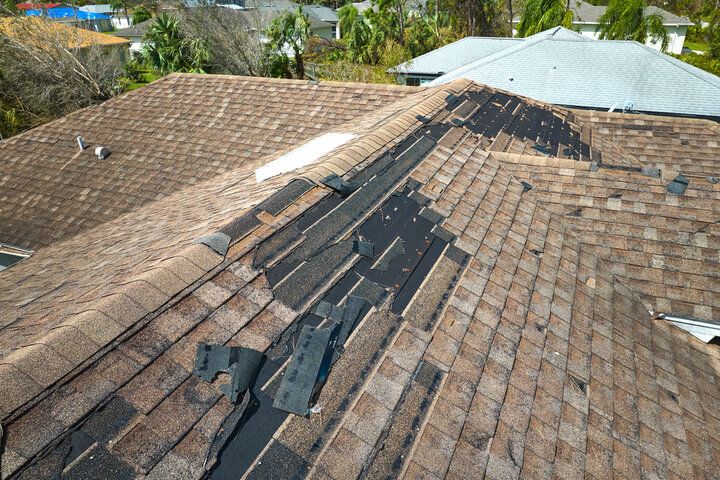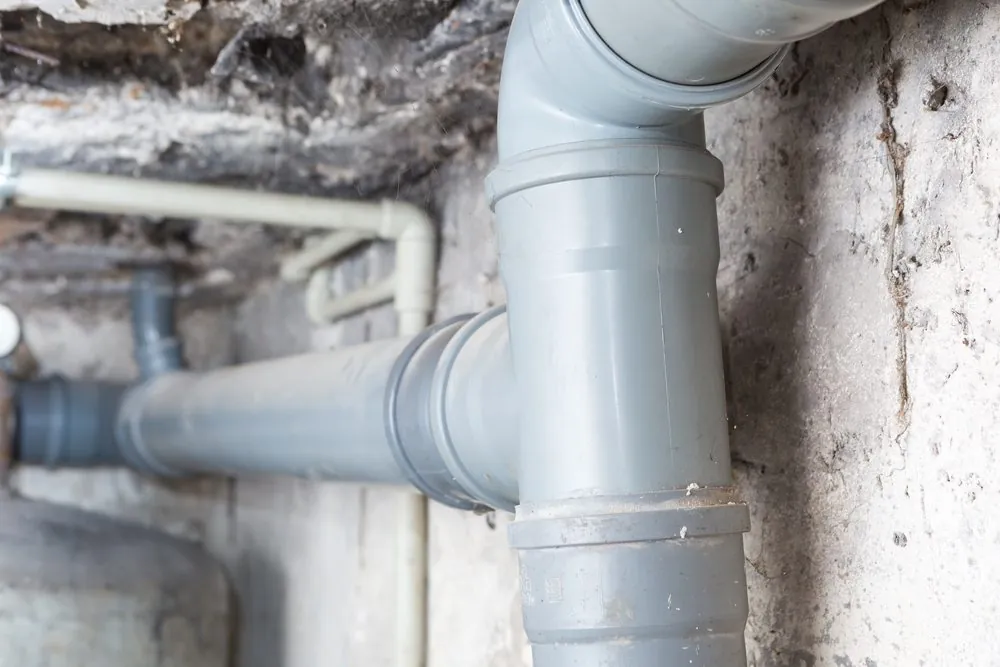When storm damage hits hard, it can be tempting to do a quick DIY. Initially, a hasty repair can seem like a time and money saver, but it could lead to complications. If leaks aren’t addressed promptly and correctly, it could act as an invitation for mold growth to occur and end up costing you even more money in the long run. To avoid this issue, it’s essential to get professional help. Hiring IICRC-certified technicians not only ensures that the repair is done correctly, but also that it is done safely. In this blog, you’ll read about what to do when storm damage occurs and how to handle it intelligently.
Insurance
- Take photos of the damage and show them to your insurance agent as soon as possible.
- Homeowners insurance generally covers sudden, accidental damage.
- Let’s say there was a thunderstorm with high winds, and your roof suffered damage and is now leaking. Or, a tree falls onto your house and damages your roof. In these cases, your homeowners’ policy will typically cover the expenses.
- However, some homeowners’ policies may exclude windstorms and hail. That means your policy will not cover damage caused by those perils. To learn about any exclusions in your coverage, read your policy or talk with your agent.
- Also, flooding from natural disasters is generally not covered. For that, you will need separate flood insurance that you can get from The National Flood Insurance Program.
Getting Storm Damage Restoration Help for Your home
First of all, ensure your safety when checking for house damage. Watch out for fallen power lines, standing water that may be electrically charged, and wild animals.
Plumbing
- Check pipes inside and outside your home (i.e., irrigation systems).
- Close the water valves to toilets and sinks. If necessary, shut off all water in your home.
- If sewage backs up in the shower or under the toilet, your main sewer line might be clogged or broken. So, don’t make the problem worse by using other sinks or toilets. Call a professional for assistance.
Roofing
- Check your roof for missing shingles, but don’t risk life and limb by climbing onto it, even if only a few shingles are lost.
- Call a professional contractor. They have the skills, tools, and equipment to do the job safely and correctly following a storm damage restoration plan.
- Have them do a temporary “fix” to stop rain coming in until a permanent solution can be arranged.
Electrical
- Appliances exposed to water should be disconnected from their power source and serviced before use.
- Check for frayed wires and watch for sparks.
- If you have structural damage or see exposed wires, call an electrician. Keep the power off, as there’s the possibility of electrocution if you turn the power on yourself.
- Exterior breaker boxes are typically rain-tight but may not withstand a major storm. If you suspect water has infiltrated the box, call an electrician before turning on the power.
- Avoid metal fences. They may carry a charge from fallen or dangling utility wires.
- If a limb or tree has fallen on a power line near your house, turn off the power and call the utility company. Do not attempt to cut or clear fallen trees that are around power lines yourself!

Not all homeowner’s insurance companies will cover flooding caused by storm damage. It’s best to reach out to your provider before the rainy season begins.
Flooding
- For flooding problems, the best plan is to call a professional restoration company. They have the tools, qualified technicians, and knowledge to deal with flooding damage.
- If you decide to do it yourself, take precautions and wear boots, gloves, eye protection, and a respirator.
- Minimize the damage by removing standing water.
- Use a pump or squeegee the standing water.
- Use a vacuum only if it’s a true wet-dry vacuum.
- Remove absorbent items contaminated by floodwater (carpeting, carpet padding, furniture, drapes, etc.).
- Use air movers and dehumidifiers to dry out the area.
- Throw away all medicines, cosmetics, and foods, even canned goods, if submerged in floodwaters.
- Check for hidden moisture behind wallboards, and remove damaged portions to avoid mold.
- Clean floors and cabinets by washing them with detergent and disinfecting them.
- Remember, keep a photographic (or video) inventory of anything you must throw out.
Automobiles
- Floodwaters, tree limbs, or falling debris can easily damage vehicles.
- If an automobile is damaged, always notify your insurance agent.
- Cover broken windows if the car appears salvageable.
- List valuables in your car that have been lost or damaged.
Scam Alert
Unfortunately, storms and natural disasters bring out those who take advantage of the situation. But by following a few practical guidelines, you can help protect yourself from an additional loss:
- Try to work with local or known contractors for storm damage restoration.
- Don’t pay for work until it’s finished and you are satisfied. Pay with a check or a credit card.
- Beware of a contractor who tries to pressure you. If an offer is only good “now or never,” find someone else.
- Obtain written estimates for all proposed work that include proposed scopes and prices.
- Also, beware of charity scams that might use a storm to make their pleas for donations more plausible. Only give to organizations you know and recognize.
Has Storm Damage Bogged Down Your Home? Call in the Experts at PuroClean of Redmond/Woodinville!
Storm damage can lead to various problems, from a small leak to electrical fires. No matter how big the issue is, PuroClean of Redmond/Woodinville has got your back. Our certified technicians are skilled in handling water and fire damage, as well as complications like mold. Call us at (425) 488-7688 to get the problem taken care of with minimal stress and maximum quality.




 PuroClean of Redmond/Woodinville
PuroClean of Redmond/Woodinville